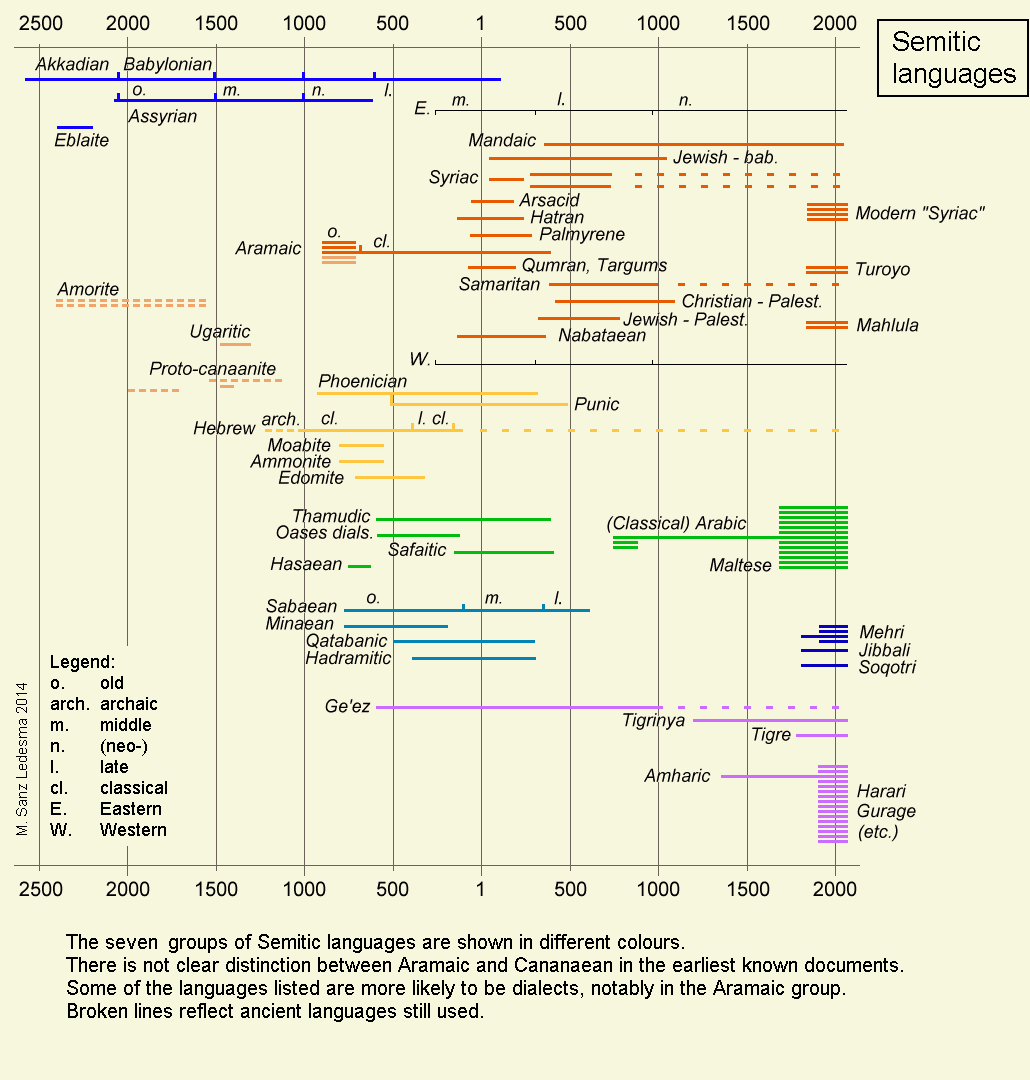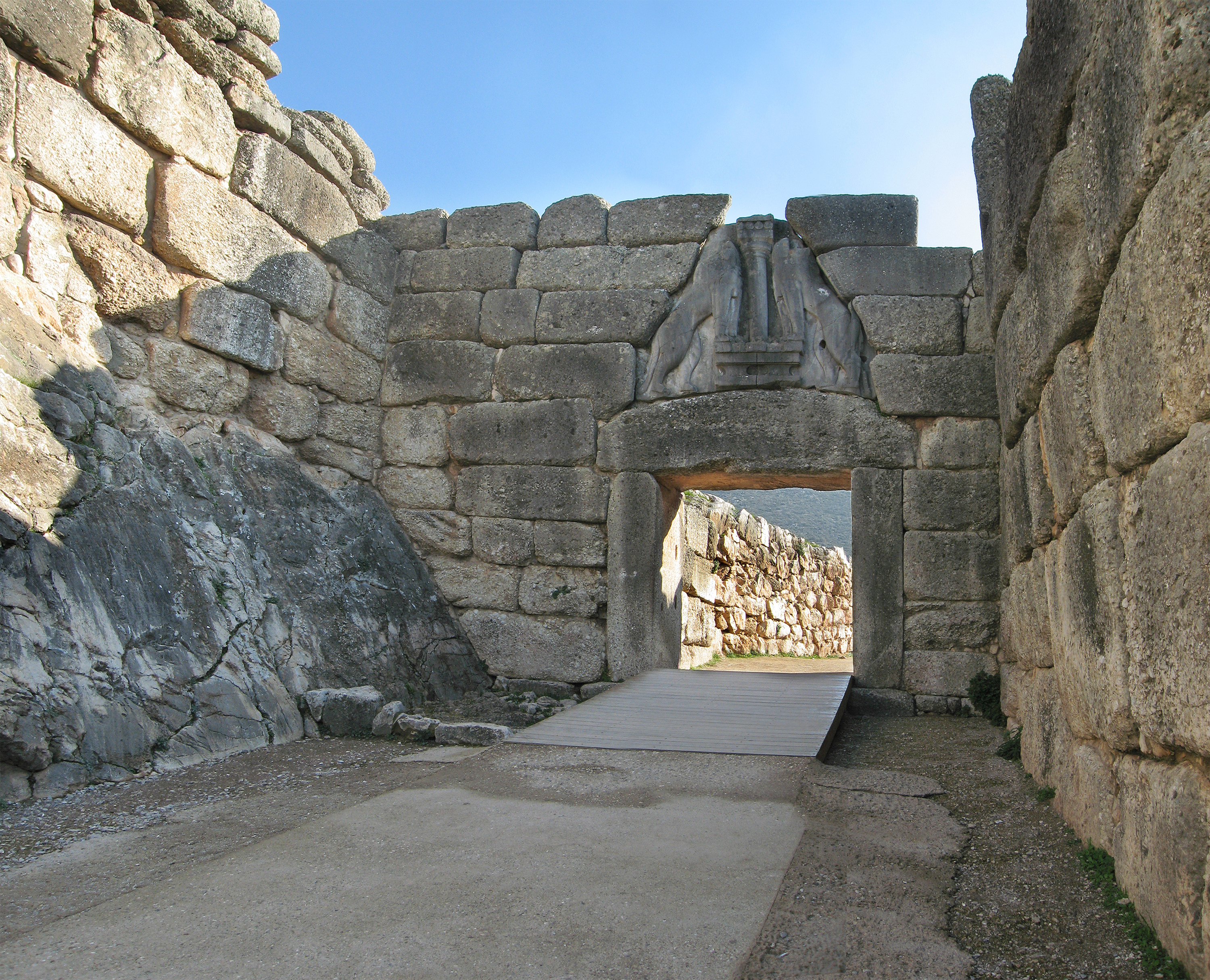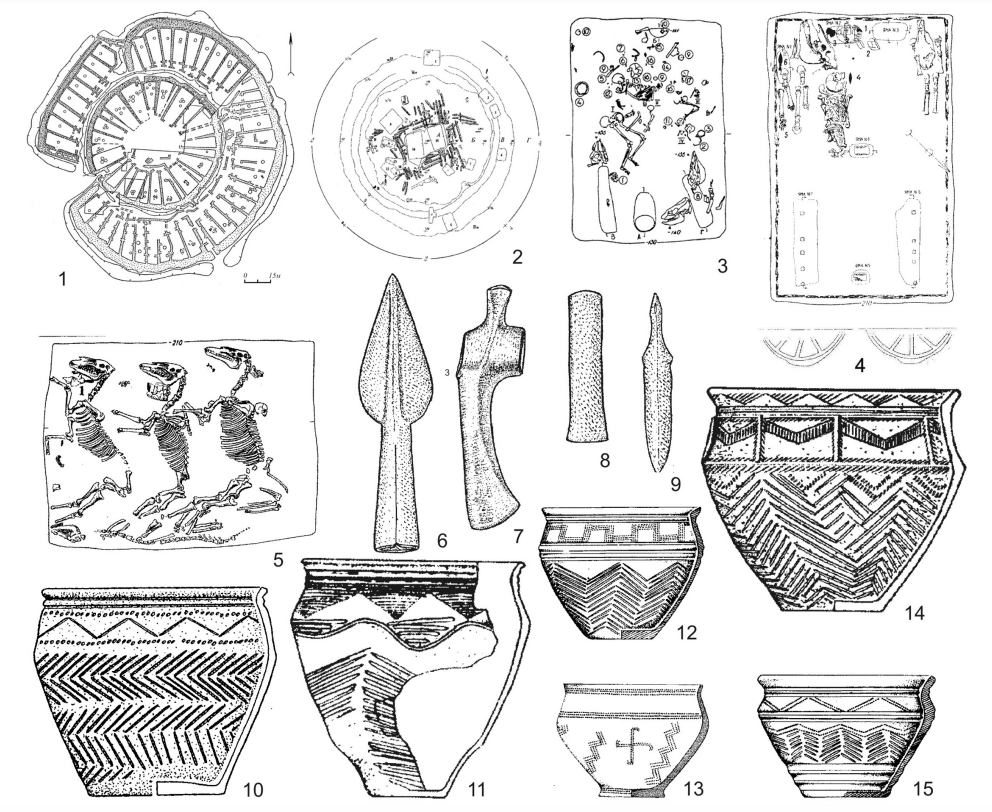|
Maryannu
The Maryannu were a caste of chariot-mounted hereditary warrior nobility that existed in many of the societies of the Ancient Near East during the Bronze Age. ''Maryannu'' is a Hurrianized Indo-Aryan word, formed by adding the Hurrian suffix ''-nni'' to the Indo-Aryan root ''márya'', meaning "(young) man"von Dassow, Eva, (2014).Levantine Polities under Mittanian Hegemony. In: Eva Cancik-Kirschbaum, Nicole Brisch and Jesper Eidem (eds.). ''Constituent, Confederate, and Conquered Space: The Emergence of the Mittani State'', p. 27 or a "young warrior". Philologist Martin West suggested that the name '' Meriones'', a character in Homeric epic, is "identical" to ''maryannu''. Thus, ''Mērionēs'' would be the Homeric Greek version of the term, reflected in pre- Mycenaean poetic verse as ''Mārionās''. The term is attested in the Amarna letters written by Haapi. The majority of the Maryannu had Semitic and Hurrian names. See also * Bronze Age Collapse: changes in warfare * Indo ... [...More Info...] [...Related Items...] OR: [Wikipedia] [Google] [Baidu] |
Hunting From A Chariot, Tomb Of Userhat MET DP226606
Hunting is the human practice of seeking, pursuing, capturing, and killing wildlife or feral animals. The most common reasons for humans to hunt are to obtain the animal's body for meat and useful animal products (fur/ hide, bone/tusks, horn/antler, etc.), for recreation/taxidermy (see trophy hunting), although it may also be done for resourceful reasons such as removing predators dangerous to humans or domestic animals (e.g. wolf hunting), to eliminate pests and nuisance animals that damage crops/livestock/poultry or spread diseases (see varminting), for trade/tourism (see safari), or for ecological conservation against overpopulation and invasive species (commonly called a cull). Recreationally hunted species are generally referred to as the ''game'', and are usually mammals and birds. A person participating in a hunt is a hunter or (less commonly) huntsman; a natural area used for hunting is called a game reserve; and an experienced hunter who helps organise a hunt an ... [...More Info...] [...Related Items...] OR: [Wikipedia] [Google] [Baidu] |
Homeric Greek
Homeric Greek is the form of the Greek language that was used in the ''Iliad'', ''Odyssey'', and ''Homeric Hymns''. It is a literary dialect of Ancient Greek consisting mainly of an archaic form of Ionic, with some Aeolic forms, a few from Arcadocypriot, and a written form influenced by Attic. It was later named Epic Greek because it was used as the language of epic poetry, typically in dactylic hexameter, by poets such as Hesiod and Theognis of Megara. Some compositions in Epic Greek date from as late as the 5th century D and it only fell out of use by the end of classical antiquity. Main features In the following description, only forms that differ from those of later Greek are discussed. Omitted forms can usually be predicted from patterns seen in Ionic Greek. Phonology Homeric Greek is like Ionic Greek, and unlike Classical Attic, in shifting almost all cases of long to . Exceptions include nouns like ("a goddess"), and the genitive plural of first-declension n ... [...More Info...] [...Related Items...] OR: [Wikipedia] [Google] [Baidu] |
Indo-Aryan Peoples
Indo-Aryan peoples are a diverse collection of peoples predominantly found in South Asia, who (traditionally) speak Indo-Aryan languages. Historically, Aryans were the Indo-Iranian speaking pastoralists who migrated from Central Asia into South Asia and introduced the Proto-Indo-Aryan language. The early Indo-Aryan peoples were known to be closely related to the Indo-Iranian group that have resided north of the Indus River; an evident connection in cultural, linguistic, and historical ties. Today, Indo-Aryan speakers are found south of the Indus, across the modern-day regions of Bangladesh, Nepal, eastern-Pakistan, Sri Lanka, Maldives and northern-India. History Proto-Indo-Iranians The introduction of the Indo-Aryan languages in the Indian subcontinent was the outcome of a migration of Indo-Aryan people from Central Asia into the northern Indian subcontinent (modern-day Bangladesh, Bhutan, India, Nepal, Pakistan, and Sri Lanka). These migrations started appr ... [...More Info...] [...Related Items...] OR: [Wikipedia] [Google] [Baidu] |
Indo-Aryan Superstrate In Mitanni
The ancient Middle Eastern state of Mitanni (modern-day Northeast Syria, Southeastern Turkey, 2nd millennium BCE) used a dialect of Hurrian as its main language. This dialect however contains some loanwords of evidently Indo-Aryan origin, i.e. related to Sanskrit, the ancestor of many modern languages of the Indian subcontinent. The loaned vocabulary seems to be related to an elite group in Mitanni society, as they appear in the names of rulers and gods as well as in relation to horse-breeding and the military (thus forming a so-called superstrate). It is thus generally believed that Indo-Aryan peoples settled in Upper Mesopotamia and northern Syria, and established the kingdom of Mitanni following a period of political vacuum, while also adopting Hurrian. This is considered a part of the Indo-Aryan migrations. Linguistic context Professor Eva von Dassow concurs with the presence of Indo-Aryan terms in Mitanni vocabulary, but cautiously advises against the notion of an "Indo ... [...More Info...] [...Related Items...] OR: [Wikipedia] [Google] [Baidu] |
Changes In Warfare
Changes may refer to: Books * '' Changes: A Love Story'', 1991 novel by Ama Ata Aidoo * ''Changes'' (The Dresden Files) (2010), the 12th novel in Jim Butcher's ''The Dresden Files'' Series * ''Changes'', a 1983 novel by Danielle Steel * ''Changes'', a trilogy of novels on which the BBC TV series was based, written by Peter Dickinson Film and television * ''Changes'' (1991 film), a 1991 television film * ''Changes'' (1969 film), a 1969 American drama film * ''Changes'' (advertisement), a 1987 advertisement * ''The Changes'' (TV series), produced by the BBC in 1975 * "Changes" (''Clone High''), a 2003 episode of the American animated series ''Clone High'' * "Changes" (''House''), a 2011 episode of the American medical drama ''House'' * "Changes", a 1984 episode of the American TV sitcom ''Silver Spoons'' * "Changes", the name of five episodes of the TV sitcom ''Punky Brewster'' * "Changes", the name of the ''You Can't Do That on Television'' 2004 reunion episode Music * A ... [...More Info...] [...Related Items...] OR: [Wikipedia] [Google] [Baidu] |
Semitic Languages
The Semitic languages are a branch of the Afroasiatic languages, Afroasiatic language family. They include Arabic, Amharic, Tigrinya language, Tigrinya, Aramaic, Hebrew language, Hebrew, Maltese language, Maltese, Modern South Arabian languages and numerous other ancient and modern languages. They are spoken by more than 330 million people across much of Western Asia, West Asia, North Africa, the Horn of Africa, Malta, and in large Immigration, immigrant and Expatriate, expatriate communities in North America, Europe, and Australasia. The terminology was first used in the 1780s by members of the Göttingen school of history, who derived the name from Shem, one of the three Generations of Noah, sons of Noah in the Book of Genesis. Semitic languages List of languages by first written account, occur in written form from a very early historical date in West Asia, with East Semitic languages, East Semitic Akkadian language, Akkadian (also known as Ancient Assyrian language, Assyrian ... [...More Info...] [...Related Items...] OR: [Wikipedia] [Google] [Baidu] |
Haapi
Haapi, also Haip and Ha'ip was a commissioner mentioned in the 1350 BC, 1350–1335 BC Amarna letters Text corpus, correspondence. The name "Hapi" in Egyptian language, Egyptian is the name for the Nile River, Nile god ''Hapi (Nile god), Hapi''. Haapi is referenced in 3 letters from the Byblos-(''Gubla'') Text corpus, corpus of the prolific writer Rib-Hadda, of 68 letters. Haapi is also referenced in letter EA 149 of Abimilku of Tyre, Lebanon, Tyre-(''Surru''), (EA (el Amarna), EA for 'el Amarna'). The following letters are referenced to Haapi/Ha'ip: :#EA 107—Title: "Charioteers, but no horses"–Rib-Hadda letter, (no. 36 of 68). Note: see Maryannu; in letter: ''mar-i(y)a-nu-ma'', =charioteer. :#EA 132—Title: "The hope for peace". –Rib-Hadda letter, (no. 61 of 68). See: Egyptian commissioner: Pahura. :#EA 133—Title: "Some advice for the king"–Rib-Hadda letter, (no. 62 of 68). :#Amarna letter EA 149, EA 149—Title: "Neither water nor wood"&ndas ... [...More Info...] [...Related Items...] OR: [Wikipedia] [Google] [Baidu] |
Mycenaean Greece
Mycenaean Greece (or the Mycenaean civilization) was the last phase of the Bronze Age in ancient Greece, spanning the period from approximately 1750 to 1050 BC.. It represents the first advanced and distinctively Greek civilization in mainland Greece with its palatial states, urban organization, works of art, and writing system.. The Mycenaeans were mainland Greek peoples who were likely stimulated by their contact with insular Minoan Crete and other Mediterranean cultures to develop a more sophisticated sociopolitical culture of their own. The most prominent site was Mycenae, after which the culture of this era is named. Other centers of power that emerged included Pylos, Tiryns, and Midea in the Peloponnese, Orchomenos, Thebes, and Athens in Central Greece, and Iolcos in Thessaly. Mycenaean settlements also appeared in Epirus, Macedonia, on islands in the Aegean Sea, on the south-west coast of Asia Minor, and on Cyprus, while Mycenaean-influenced settlements appear ... [...More Info...] [...Related Items...] OR: [Wikipedia] [Google] [Baidu] |
Meriones (mythology)
In Greek mythology, Meriones ( ; ) was the Cretan son of Molus and Melphis or Euippe. Molus was a half-brother of Idomeneus. Like other heroes of mythology, Meriones was said to be a descendant of gods. As a grandson of Deucalion (son of Minos), Meriones' ancestors include Zeus, Europa, Helios, and Pasiphae, the sister of Circe. Meriones possessed the helmet of Amyntor, which Autolycus had stolen. He inherited the helmet from his father Molus and later gave it to Odysseus. Meriones killed seven men at Troy. Description Meriones was described by the chronicler Malalas in his account of the ''Chronography'' as "shortish, wide, white, good beard, big eyes, black hair, curly hair, flat face, bent nose, quick-moving, magnanimous, a warrior". Meanwhile, in the account of Dares the Phrygian, he was illustrated as ". . . auburn-haired, of moderate height, with a well-proportioned body. He was robust, swift, unmerciful, and easily angered." Mythology Prior to ''The ... [...More Info...] [...Related Items...] OR: [Wikipedia] [Google] [Baidu] |
Chariot
A chariot is a type of vehicle similar to a cart, driven by a charioteer, usually using horses to provide rapid Propulsion, motive power. The oldest known chariots have been found in burials of the Sintashta culture in modern-day Chelyabinsk Oblast, Russia, dated to c. 1950–1880 BC and are depicted on cylinder seals from Central Anatolia Region, Central Anatolia in Kültepe dated to c. 1900 BC. The critical invention that allowed the construction of light, horse-drawn chariots was the spoked wheel. The chariot was a fast, light, open, two-wheeled conveyance drawn by two or more Equidae, equids (usually horses) that were hitched side by side, and was little more than a floor with a waist-high guard at the front and sides. It was initially used for ancient warfare during the Bronze Age, Bronze and Iron Age, Iron Ages, but after its military capabilities had been superseded by Light cavalry, light and Heavy cavalry, heavy cavalries, chariots continued to be used for travel and t ... [...More Info...] [...Related Items...] OR: [Wikipedia] [Google] [Baidu] |
Martin Litchfield West
Martin Litchfield West, (23 September 1937 – 13 July 2015) was a British philologist and classical scholar. In recognition of his contribution to scholarship, he was appointed to the Order of Merit in 2014. West wrote on ancient Greek music, Greek tragedy, Greek lyric poetry, the relations between Greece and the ancient Near East, and the connection between shamanism and early ancient Greek religion, including the Orphic tradition. This work stems from material in Akkadian, Phoenician, Hebrew, Hittite, and Ugaritic, as well as Greek and Latin. West also studied the reconstitution of Indo-European mythology and poetry and its influence on Ancient Greece, notably in the 2007 book ''Indo-European Poetry and Myth'' (''IEPM''). West also produced an edition of Homer's ''Iliad'' for the Bibliotheca Teubneriana, accompanied by a study of its critical tradition and overall philology entitled ''Studies in the Text and Transmission of the Iliad.'' A further volume on ''The Makin ... [...More Info...] [...Related Items...] OR: [Wikipedia] [Google] [Baidu] |





